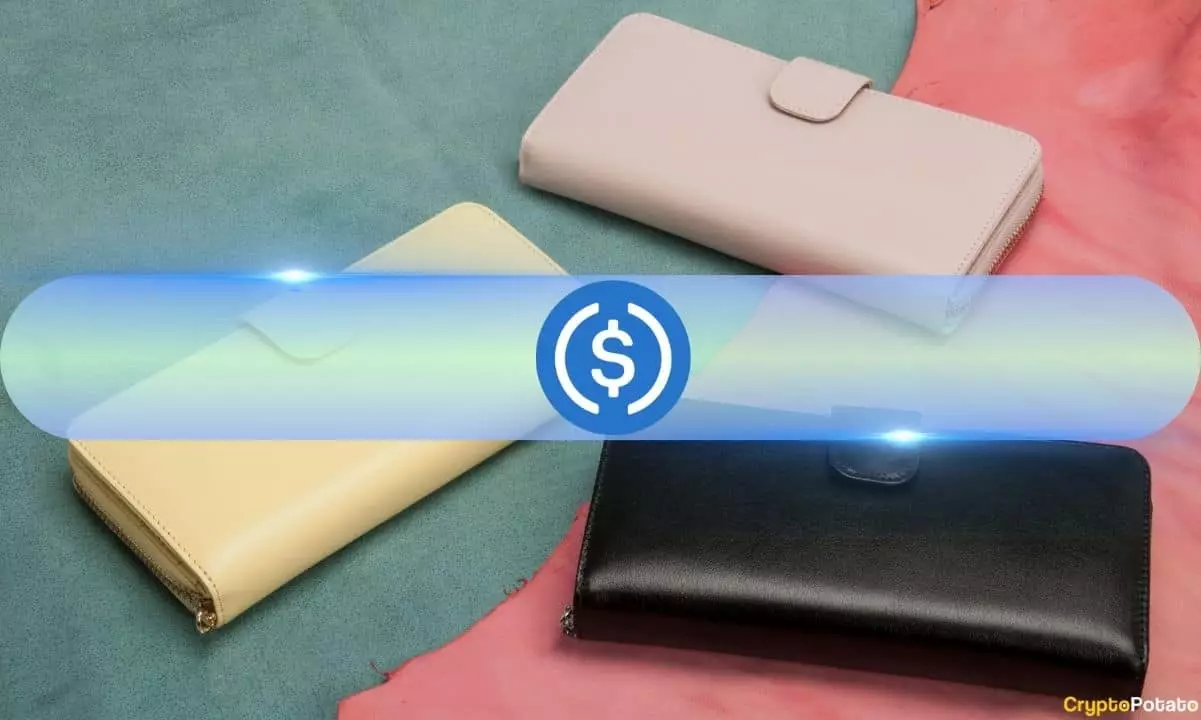The digital asset economy has faced numerous challenges in the past year, including increasing interest rates, regulatory actions, financial insolvencies, and instances of fraud. These forces have had a significant impact on the overall market, causing a decline in the value and circulation of digital assets. Even the world’s second-largest stablecoin, USDC, has not been immune to these challenges. As of November 2023, the total circulating supply of USDC has shrunk from approximately $45 billion to about $25 billion.
One of the factors contributing to the decline in USDC’s circulation is the rise in interest rates in conventional markets. Holding USDC does not offer any interest on the holdings, which makes it less attractive for investors compared to other interest-bearing assets. As a result, the opportunity costs associated with holding USDC have increased, leading to a reduction in its circulation.
Despite the challenges faced by the USDC economy, there has been a significant growth in the number of USDC wallets with a balance of at least $10. Over the past year, the number of such wallets has grown by 59%, surpassing 2.7 million. This growth indicates a strong interest in USDC and its potential as a means of transacting value.
According to Circle, the issuer of USDC, the stablecoin has played a vital role in settling over $12 trillion in blockchain transactions since its introduction in 2018. In 2023 alone, USDC facilitated more than $197 billion in transfers between the traditional banking system and blockchain networks through minting and redeeming processes. These statistics demonstrate the significance of USDC in bridging the gap between traditional finance and blockchain technology.
Circle introduced the Cross-Chain Transfer Protocol (CCTP) in April 2023 as a solution to reduce friction, enhance safety and security, and lower costs when transferring USDC across different blockchains. This innovative protocol has already conducted 66,500 transactions, showcasing its potential to streamline and improve the efficiency of USDC transfers. The introduction of CCTP demonstrates Circle’s commitment to addressing the challenges faced by USDC and enhancing its usability.
Jeremy Allaire, Co-founder and CEO of Circle, believes that USDC is well-positioned to play a central role in the emerging internet financial system. He emphasized the growing momentum behind USDC and its potential for adoption by mainstream financial institutions, fintechs, internet firms, and enterprises. Allaire recognizes that as regulatory clarity for stablecoins continues to emerge, USDC can become a key component of the new financial landscape.
One of the significant challenges that USDC faced was the de-pegging that occurred after the failure of Silicon Valley Bank (SVB). Circle, the issuer of USDC, had a substantial portion of its reserves tied up with SVB, and its failure threatened the stability of the stablecoin. However, USDC managed to restore its peg thanks to the actions taken by the Federal Reserve to compensate depositors affected by the bank failures.
In a significant development, the entity behind USDC has filed confidential paperwork for an initial public offering (IPO) in the United States. This move signals the intention of the stablecoin issuer to become a publicly traded company. However, the IPO is subject to review by the Securities and Exchange Commission (SEC) and market conditions.
The USDC economy has faced numerous challenges in the past year, including the impact of interest rates, regulatory actions, and financial insolvencies. Despite these challenges, USDC has shown resilience and growth, with an increasing number of wallets and significant contributions to blockchain transactions. The introduction of the Cross-Chain Transfer Protocol has further enhanced the usability of USDC. As the regulatory landscape evolves, USDC’s role in the emerging financial system is poised to expand. However, challenges such as the de-pegging incident and the need for regulatory approval for a public listing remain significant hurdles for USDC to overcome.

